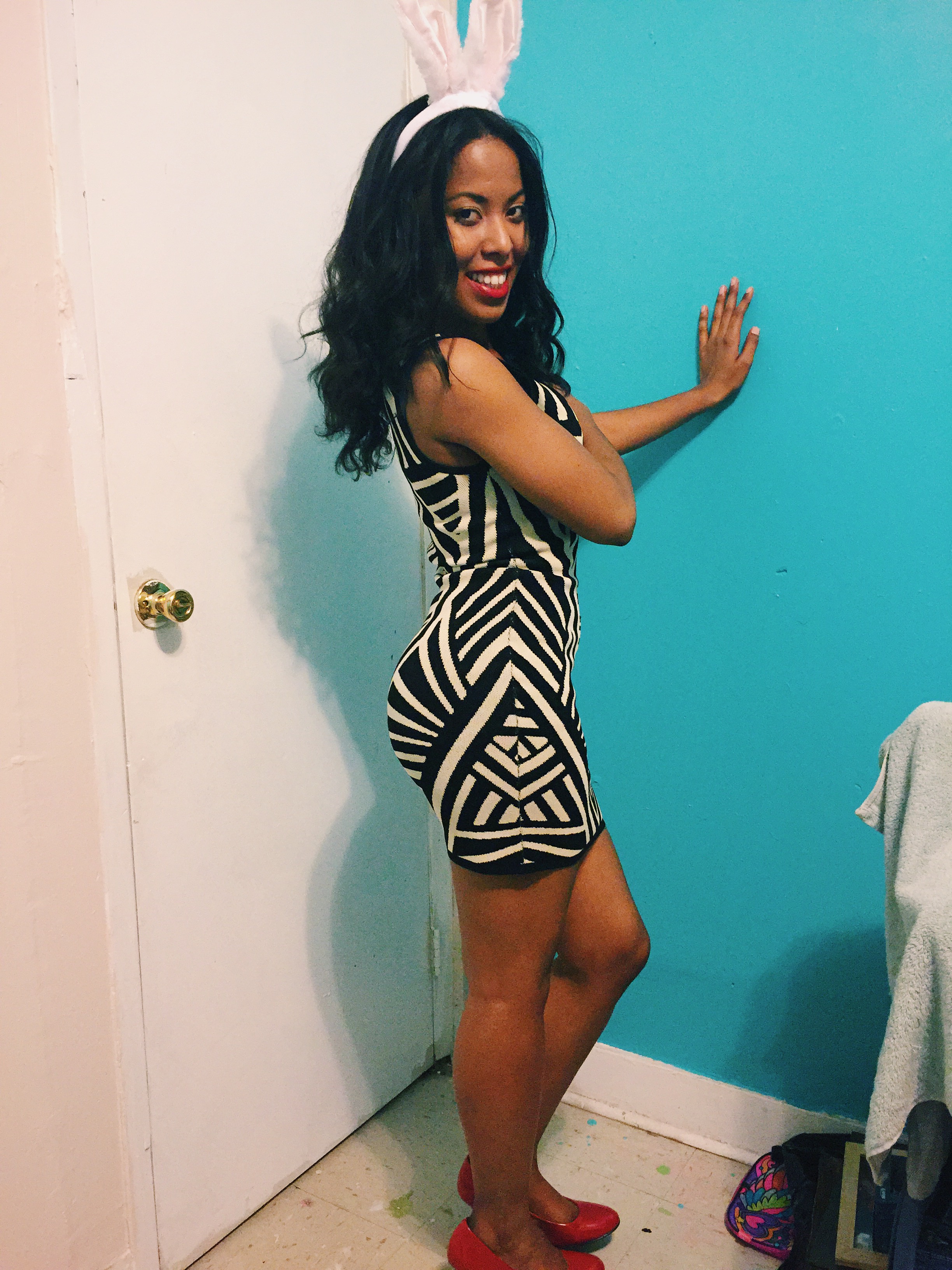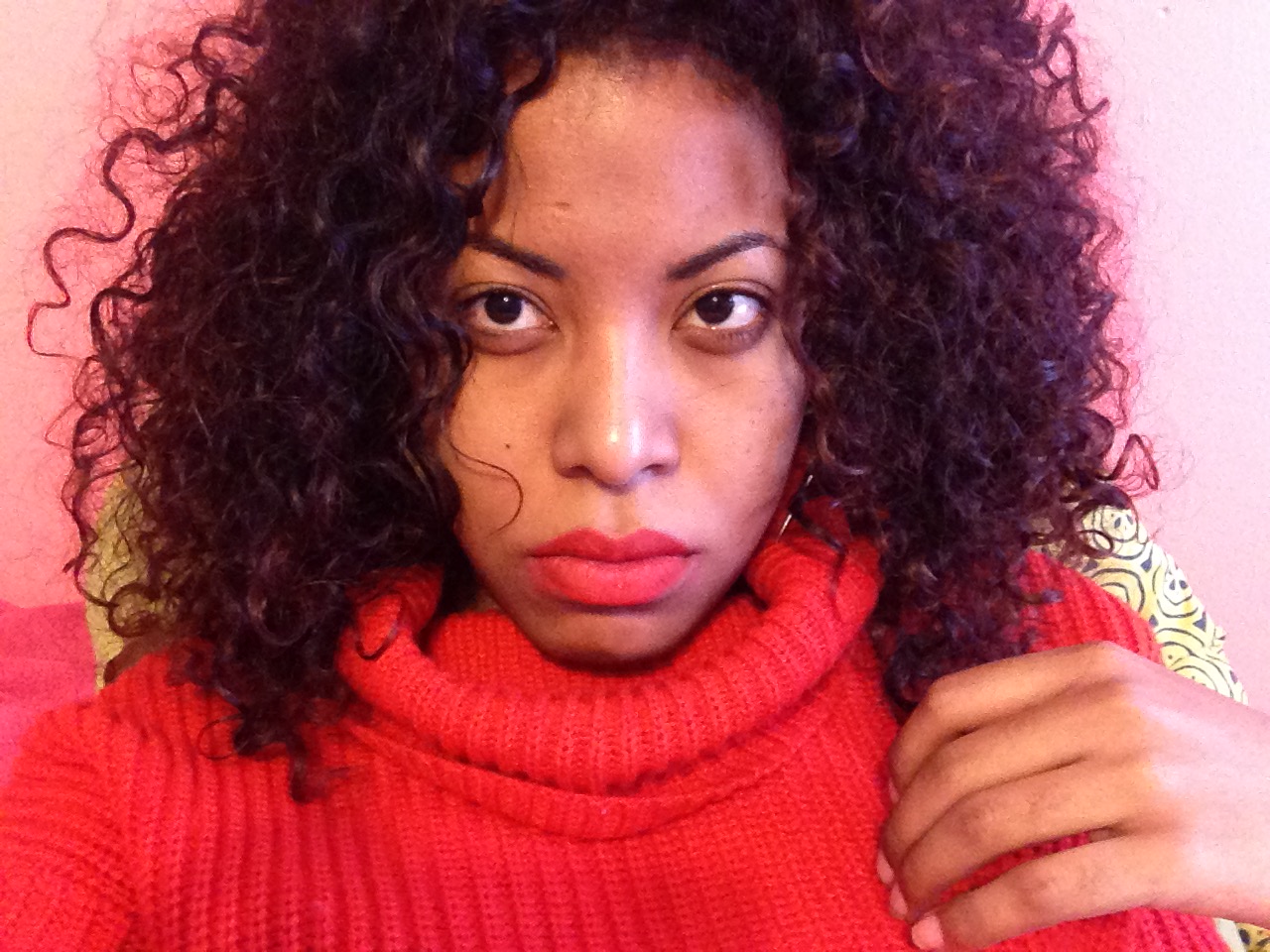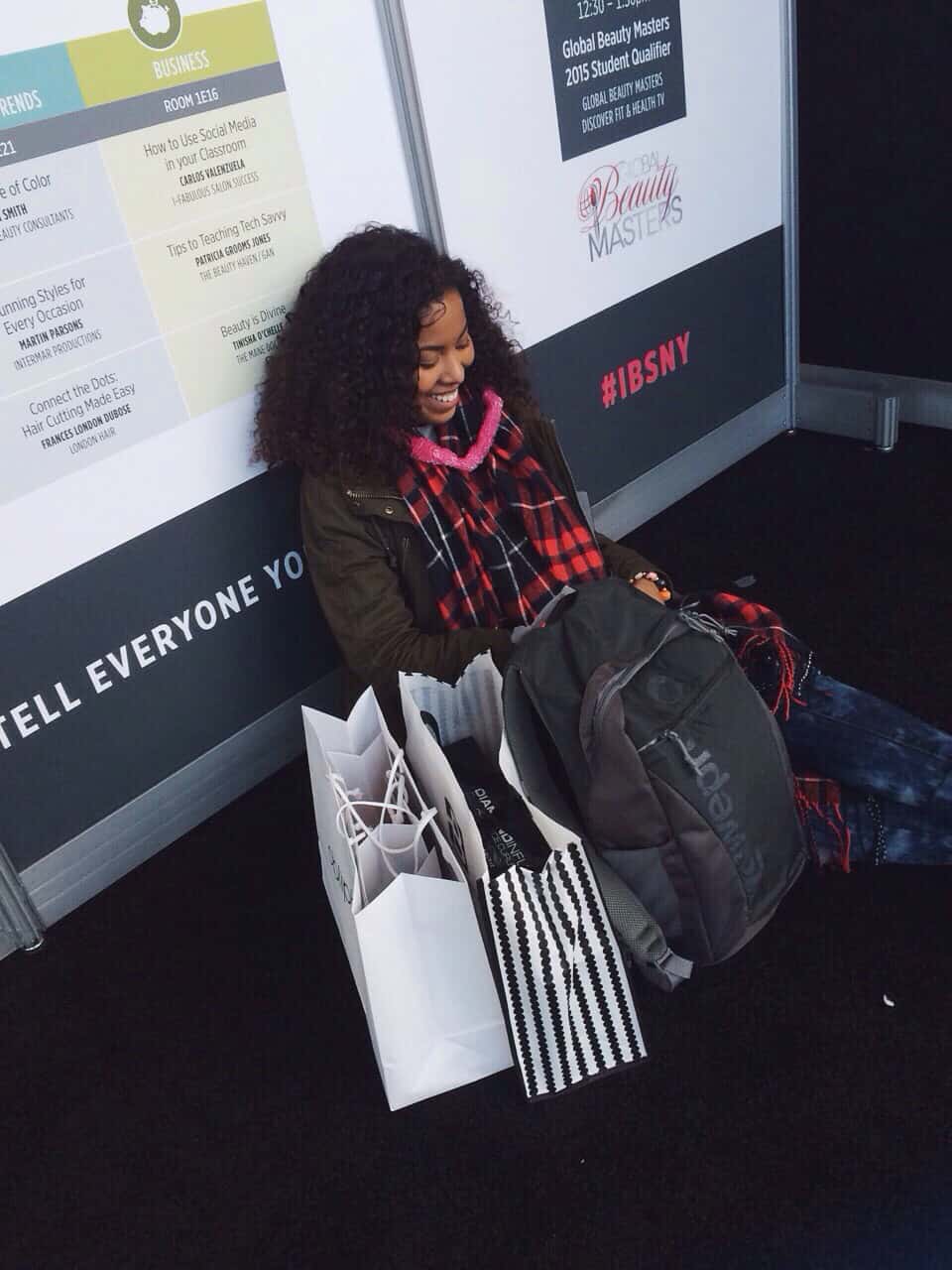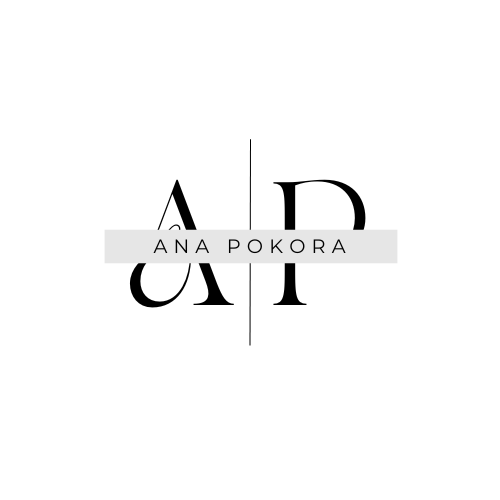Curly Hair Transformation: From Struggles to Confidence & Beautiful Curls
For years, I didn’t take my curly hair seriously. Like many, I grew up following hair care routines that didn’t necessarily embrace my natural texture. It wasn’t until college that I truly committed to understanding and nurturing my curls. If you’re on a similar journey, I hope my experience can help you embrace your natural hair with confidence.

Discovering My Curls
The first time I washed my hair by myself was in sixth grade. I pulled it into a simple ponytail, thinking nothing of it.
But then, a friend noticed my curls and encouraged me to wear my hair naturally. I was intrigued but hesitant. My mother, a hairstylist, had always handled my hair—giving me a wash and set every other week in her salon. This routine followed me even after we moved to New York.
I wasn’t in control of my hair care, and I wasn’t sure how to manage my curls on my own.
Starting the Journey to Natural Hair
Everything changed when I left for college five years ago. Moving three hours away from home meant my mother was no longer there to style my hair.
I tried two hairstylists, hoping to maintain my hair’s health, but both left me with split ends and thinning strands. That’s when I knew I had to take matters into my own hands.
I turned to research and found The Curly Girl Handbook, a must-read guide for anyone embracing their curls. Recommended by YouTube hair guru Sunkissedalba, this book completely changed how I viewed my hair. It taught me about curl types, moisture retention, and proper styling techniques.
For the first time, I felt in control of my curly hair.
Overcoming Damage and Mistakes
By the time I started my natural hair journey, I had already made a few changes:
- Switched to sulfate-free shampoo
- Used natural hair masks for hydration
These adjustments helped, but my hair was still suffering from years of dryness due to a lack of daily moisturizing.
The Biggest Mistakes I Made

- Heat Damage – I still used curling irons frequently, which weakened my hair over time.
- Hair Dye Overload – Experimenting with different colors led to more breakage.
- Product Junkie Phase – The booming natural hair market made it tempting to try every new product, but not everything worked for my curls.
- Misleading YouTube Advice – While YouTube helped in the beginning, many creators had started promoting products for profit, making it harder to find genuine recommendations.
Rediscovering Hair Health
I knew I had to go back to the basics and focus on what truly worked.

- Daily Moisturizing – My curls thrived when I prioritized hydration.
- Regular Trims – Trimming got rid of the damaged, dyed hair and encouraged healthy growth.
- Less Manipulation – Instead of constantly experimenting, I stuck with a simple, effective routine.
Attending IBS New York 2015 was a turning point. Seeing professionals emphasize hair health over length helped me shift my mindset.
I realized: Length is meaningless if your hair isn’t healthy.
Final Thoughts on Going Natural
Transitioning to natural hair taught me an important lesson: hair grows back, but health matters most.
Straightening my hair now feels foreign, and I rarely use protective styles. I’ve learned to love my curls in their natural state, appreciating the beauty of my unique texture.
If you’re starting your journey, welcome! It gets easier with time, patience, and the right techniques.
Have you struggled with embracing your natural curls? Share your tips, tricks, or personal experiences in the comments below!
FAQs About Embracing Natural Curly Hair
How do I start my natural hair journey?
Start by eliminating harsh products (like sulfates and silicones), focusing on hydration, and learning about your curl type. A good first step is reading The Curly Girl Handbook for guidance.
How often should I trim my curly hair?
Every 8-12 weeks is ideal, but if your hair is damaged, you may need more frequent trims to remove split ends.
Can I still dye my hair if I’m going natural?
Yes, but use caution. Hair dye, especially bleach, can cause dryness and breakage. Always follow up with deep conditioning treatments.
What’s the best way to keep curly hair moisturized?
Use the LOC method (Leave-in, Oil, Cream) or the LCO method (Leave-in, Cream, Oil) to seal moisture. Avoid over-washing, as shampooing too often can strip natural oils.
Is heat styling bad for curly hair?
Frequent heat styling can lead to heat damage, which can loosen curl patterns permanently. If you must use heat, always apply a heat protectant and use the lowest temperature possible
What are the best protective styles for curly hair?
Braids, twists, buns, and satin-lined wigs are great options. However, avoid tight styles that pull at your edges, as this can cause breakage over time.
Subscribe for More!
Join the community and be the first to know about exclusive product reviews, haircare tips, and money-saving tricks! No spam—just real, honest insights delivered straight to your inbox.







